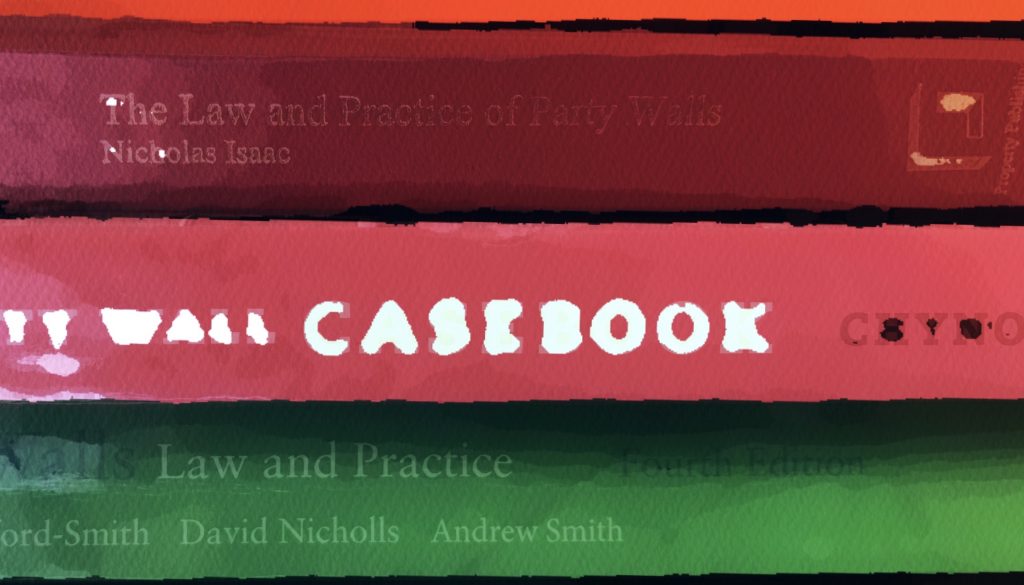Party walls; appeal; ultra vires award; limitation
Case summary:
Between 2009 and 2013 development works were carried out at Aldford House – a property on Park Lane in London – converting the sixth and seventh floors of that building into residential flats. Immediately below those floors was Flat 54, owned at the time by Saidco, a Panamanian company.
An award was made in 2009 relation to the notifiable elements of the development works. The parties to the award were H&MUK as building owner and Saidco as the adjoining owner. The award named Mr Crawford as the building owner’s surveyor, Mr Hemy as the adjoining owner’s surveyor, and Mr North as the third surveyor.
In 2014 Flat 54 was transferred to HRP Foundation, another Panamanian company. Throughout the relevant period, however, Flat 54 was occupied by a Mr Pharoan.
At some point in 2009 Flat 54 complained about a leak alleged to emanate from above, and such complaint was not resolved at the time.
On 25 October 2019 – the judgment does not reveal any explanation for the lack of action in the meantime – Mr Hemy contacted Mr Crawford with a view to “sorting out” the water leak. Mr Crawford had in the meantime moved firms and declared himself incapable of acting in relation to any pre-moved appointments. After making brief contact with Mr North, Mr Hemy made a series of ex parte awards, in July 2020, September 2020 and finally on 19 November 2020, each naming a different party as building owner – the final one being the Appellant, K Group Holdings – and purporting to award the adjoining owner €445,000 compensation in respect of the leak, as well as costs.
K Group appealed the 19 November 2020 award on several grounds, all of which the judge (HHJ Parfitt) held to be well-founded.
(1) K Group was not a party to the 2009 award, and consequently Mr Hemy could derive no jurisdiction from that award upon which to based his 2020 award;
(2) The 2009 award had resolved the dispute between the parties to that award, and the surveyors under that award therefore had no ongoing jurisdiction, and certainly no jurisdiction as between different/ subsequent building and adjoining owners 11 years later. There was no relevant dispute;
(3) There was no dispute between the current owners;
(4) The current owners had not appointed surveyors under section 10 of the 1996 Act;
(5) Since Saidco was suspended, no award could be made at its initiation in any event;
(6) Mr Hemy had no basis for making an ex parte award – in particular, Mr Crawford’s deeming himself incapable of acting could not be said to constitute a refusal to act;
(7) Mr Hemy had neither notified the Appellants of his intention to make an award, nor given them an opportunity to make submissions, and had therefore acted in breach of the rules of natural justice:
(8) The claim for compensation was in any event barred by section 9 of the Limitation Act 1980 – that section restricting claims for sums recoverable by statute to a six-year limitation period.
(9) The award purported to require the Appellants to remove structures erected by their predecessors in title. Such a requirement was akin to a mandatory injunction and was outside the surveyors’ jurisdiction under the 1996 Act;
(10) The award, without explanation, had increased an award of compensation quantified at £50,000 in July 2020, to €445,982;
(11) The award purported to enforce payment of fees due under the 2009 award – something again outside the surveyors’ jurisdiction;
(12) The costs awarded under the award were incomprehensible, and appeared to include costs of the July and September 2020 awards too.
Comment:
As the judge himself commented at the outset of his judgment, “the circumstances in which this award has been made seem to me uniquely inappropriate and misguided”. This truly was a travesty of an award.
However, perhaps the most interesting point to come out of the judgment is the analysis of compensation (and other sums) payable under an award as constituting “sums recoverable by statute” and therefore subject to a six-year limitation period under section 9 of the Limitation Act 1980. This is not necessarily the analysis which the author would have espoused, but the judge was plainly impressed with and persuaded by the analysis and submissions of Cecily Crampin on this point, and it is suggested that a prudent practitioner should in any event treat the effective limitation period for claims under the 1996 Act as a six-year limitation period.
Judgment:
A full copy of the judgment can be found here.
